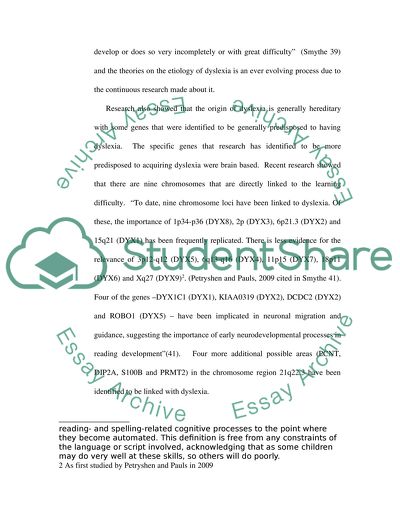Cite this document
(“Dyslexia Research Paper Example | Topics and Well Written Essays - 2000 words”, n.d.)
Retrieved de https://studentshare.org/other/1400415-dyslexia
Retrieved de https://studentshare.org/other/1400415-dyslexia
(Dyslexia Research Paper Example | Topics and Well Written Essays - 2000 Words)
https://studentshare.org/other/1400415-dyslexia.
https://studentshare.org/other/1400415-dyslexia.
“Dyslexia Research Paper Example | Topics and Well Written Essays - 2000 Words”, n.d. https://studentshare.org/other/1400415-dyslexia.


